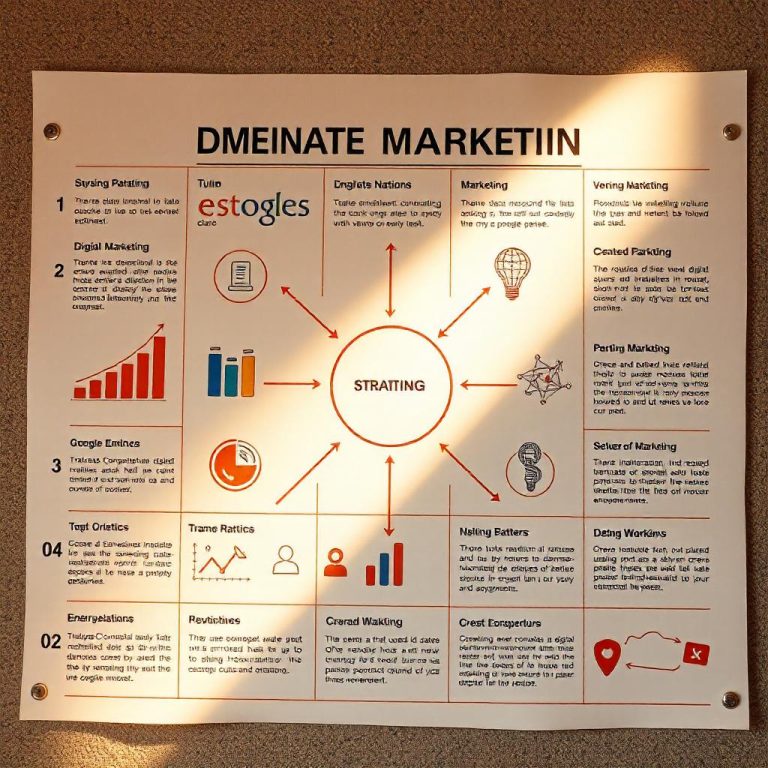Importance Of Video Marketing
Video marketing has rapidly become one of the most influential digital marketing strategies due to its ability to engage audiences, communicate messages effectively, and drive conversions. The rise of high-speed internet and mobile technology has fueled video consumption, making it an essential tool for businesses to reach and connect with their audiences. Here’s why video marketing is so important:
Blog Writing & SEO Optimization Services
1. Enhanced Engagement
- Videos capture attention more effectively than text or static images. They combine visuals, sound, and motion, making content more engaging and memorable.
- Video content encourages social sharing. On platforms like Facebook, Instagram, and Twitter, users are more likely to share videos than other types of content, increasing reach and engagement.
- Livestreams and interactive videos enhance engagement further, allowing real-time interaction between brands and audiences.
2. Improved Brand Awareness
- Video is an effective tool for storytelling, helping brands convey their message, mission, and values more impactfully.
- Creative videos help audiences understand a brand’s personality, build a memorable image, and establish an emotional connection. This connection improves brand recall and fosters brand loyalty.
- Animated explainer videos, testimonials, and branded content can simplify complex topics, making it easier for viewers to understand products or services.
3. Boosted SEO Performance
- Google prioritizes websites with video content, and including videos can improve a site’s ranking in search results. Videos increase “dwell time” (the amount of time users spend on a page), which is an indicator of quality content.
- Optimized video content (using keywords in titles, descriptions, and tags) can appear in both Google and YouTube search results, improving visibility.
- Embedding videos on web pages and sharing them on social media platforms also increases backlinks, which helps boost domain authority and SEO performance.
Boost Your Blog and Website with SEO – 50 Articles for Just $20!
4. Increased Conversions and Sales
- Videos are highly persuasive and can significantly influence purchasing decisions. Studies have shown that people are more likely to buy a product after watching a video about it.
- Demonstrating products or services in action helps users understand their benefits, functionality, and value, leading to more informed and confident purchase decisions.
- Landing pages with videos often experience higher conversion rates. Explainer videos, testimonials, and product demonstrations increase user trust and answer questions, reducing uncertainty and encouraging conversions.
5. Enhanced Customer Trust and Credibility
- Video testimonials and case studies help build credibility by showcasing real customer experiences and positive feedback.
- Authentic, high-quality videos can humanize a brand, giving a face and voice to the business. When customers see real people behind the brand, it fosters trust.
- Informational and educational videos, such as how-tos and tutorials, position brands as experts in their field, further boosting credibility.
6. Better Engagement on Mobile Devices
- Mobile users are especially receptive to video content, with the majority of videos being watched on smartphones. Video is ideal for on-the-go consumption, catering to users with short attention spans.
- With mobile-friendly content, brands can reach users wherever they are, increasing their chances of engagement.
- Short-form videos on platforms like TikTok, Instagram Reels, and YouTube Shorts have increased in popularity, making video marketing essential for reaching younger, mobile-savvy audiences.
7. Higher ROI and Versatility
- Video marketing has one of the highest ROIs among content formats. Advances in video creation tools and editing software have made high-quality production more affordable and accessible for businesses of all sizes.
- Video content can be repurposed in various ways, such as breaking down a long video into shorter clips, using it in blog posts, email marketing, and social media posts, or creating GIFs and images.
- The analytics tools provided by platforms like YouTube and Facebook allow marketers to track engagement metrics, such as views, watch time, shares, and comments. These insights help refine future video strategies for even greater ROI.
Unlock Your Writing Potential and Start Earning Today with our read online E-book
8. Aligns with Consumer Preferences
- As video consumption continues to grow, consumers have come to expect brands to provide video content. Many people now prefer to watch a video rather than read text for information or product details.
- Video ads, tutorials, and brand stories cater to these preferences, ensuring that brands stay relevant and meet audience expectations.
- Educational videos are particularly popular, with many users actively seeking out how-tos and tutorials, which can help position brands as helpful and knowledgeable.
9. Amplifies Social Media Presence
- Video is highly favored on social media platforms, and algorithms on sites like Facebook, Instagram, and LinkedIn prioritize video content, making it more visible to users.
- Platforms such as YouTube, TikTok, and Instagram Reels are built around video content, providing ideal avenues for brands to showcase products, educate, entertain, and connect with audiences.
- Video content also encourages interaction, as users are more likely to comment on and share videos, leading to greater social media reach and audience engagement.
10. Data-Driven Insights and Optimization
- Video marketing platforms provide analytics that reveals valuable insights into audience demographics, behavior, and engagement. This data helps brands understand what resonates with viewers and tailor future content accordingly.
- With A/B testing, brands can experiment with video formats, styles, lengths, and CTAs to determine which approaches generate the best results, optimizing future campaigns for success.
- Metrics such as play rate, completion rate, and click-through rate allow brands to measure the effectiveness of videos and make adjustments to enhance performance.







